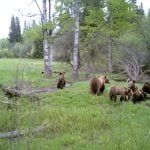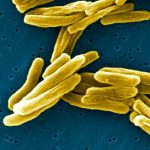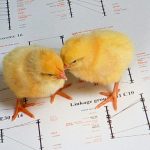Tag Archives wildlife

How farmers and ranchers can manage a gopher boom
Ranchers and farmers have fewer options for controlling gophers, but encouraging predators and managing the environment may help

What ranchers need to know about bovine tuberculosis investigations in Canada
From surveillance to testing to restocking, two experts outline how an investigation works
From surveillance to testing to restocking, two experts outline how an investigation works
A case of bovine tuberculosis was detected in a cow at slaughter in Alberta. It was traced back to a farm in Saskatchewan, where more positive animals were detected, leading to the launch of a vigorous eradication and investigation process by the Canadian Food Inspection Agency. But many producers don’t know what this process looks […] Read more
Province-specific tools help evaluate habitat and biodiversity
The tools will help forage and pasture managers identify best practices
Canadian producers will soon have access to province-specific online Habitat and Biodiversity Assessment Tools for individual provinces. Each provincial tool is meant to help land managers gain an understanding of important habitats and biodiversity on their land and the beneficial management practices they could implement to sustain them. The tool was originally developed in Alberta […] Read more
Truth or bear: Reducing grizzly confrontations on the ranch
As grizzly bear numbers stabilize and perhaps increase, what can ranchers in Alberta and B.C. do to stay safe?
Cattle producers are no strangers to working through conflict and managing difficult relationships but imagine if your adversary is a 350-pound grizzly bear that has decided to help itself to one of your cows. For beef producers living and ranching in bear country, managing carnivore conflicts is a reality and can evoke a lot of […] Read more
Manitoba trials address livestock predation in farmyards
Sheep and beef cattle producers tried everything from solar fox lights to predator-resistant penning to reduce predation in the farmyard

Counteracting livestock predation risks on pasture
A three-year study in Manitoba tested several methods of preventing predation of cattle and sheep

Deer and elk take a bite out of winter feed
As Alberta’s wildlife populations balloon, who will pick up the dinner cheque becomes a pressing question for beef producers

Saskatchewan expands wildlife testing to include bovine TB
News Roundup from the November 2023 issue of Canadian Cattlemen

Saskatchewan expands wildlife testing to include bovine TB
CFIA probe of cattle herd finds 10 infected so far

Scientists isolate human gene able to fend off most bird flu viruses
Finding may show which bird flu strains have human pandemic potential



